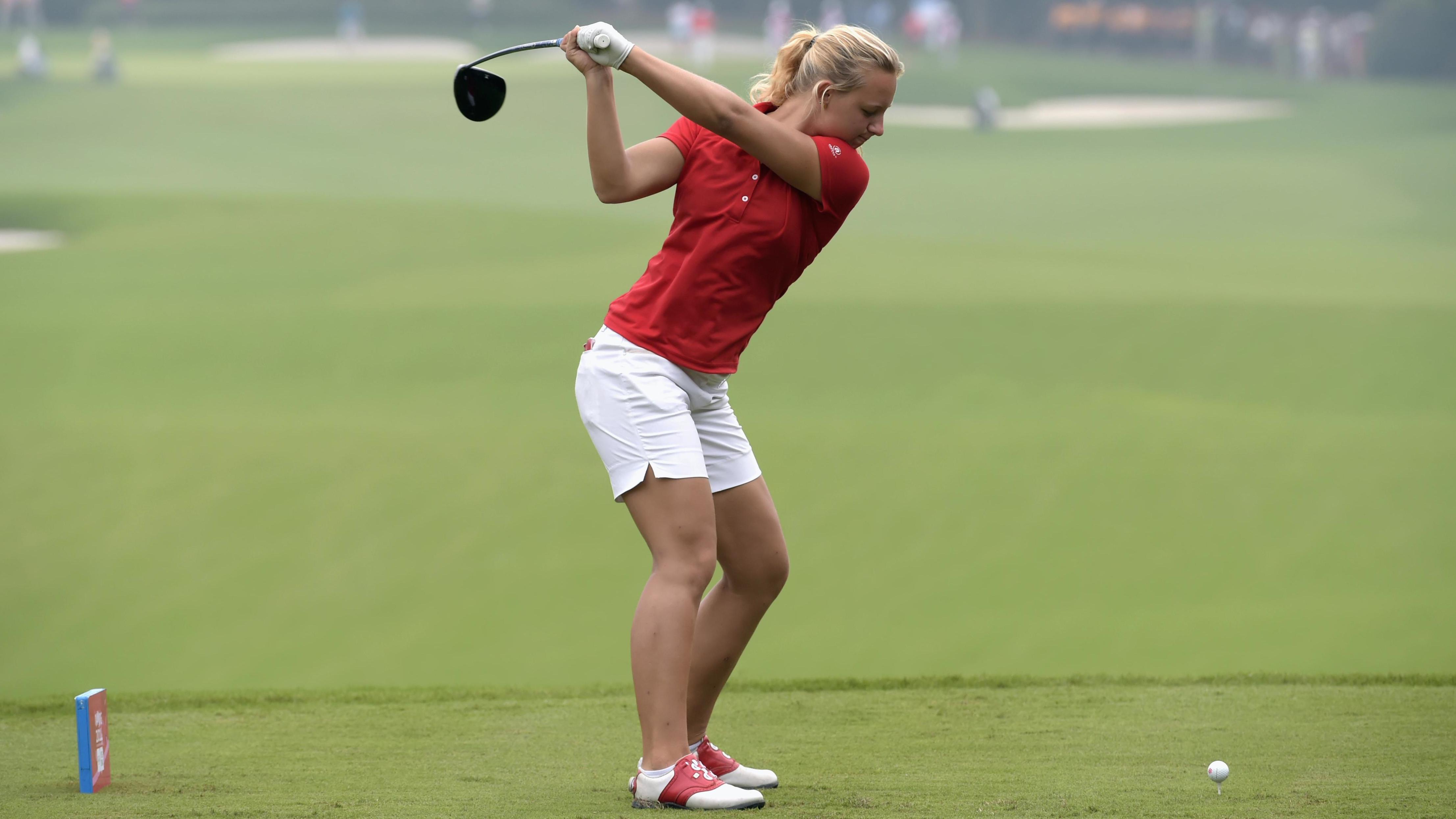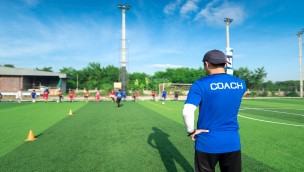Golfer's elbow
It is probably no surprise that golfers are susceptible to golfer's elbow. But this injury is also common in other athletes, and amongst others, in tennis players and climbers.

Golfer's elbow is an overuse injury that can result from excessive use of the muscles that bend the elbow joint.
Risk factors
Changes in the athlete's training routines and technique, the total loading in daily life, and not properly adjusted sport-specific equipment are all considered as risk factors that may contribute to the development of a golfer´s elbow.
Signs and symptoms
The pain is localised on the inside of the elbow. The muscles around the elbow extend over the wrist, which means that activities that involve a lot of wrist movement can provoke pain. A golfer´ s elbow typically arises as a result of increasing load too much and too quick over a short period of time, for instance in a training camp or during a holiday without being fully prepared for the increased activity level. Though the incident (pain) may seem acute, it is usually the result of a long-term process, and discomfort in most cases has been present over time. The level of pain, a person describes and can cope with, is individually varying.
Diagnosis
The diagnosis is made following a clinical examination by a physician or physiotherapist.
Tendon pain
Golfer's elbow is known as medial epicondylitis in technical terms, which literally translates as "tendon pain on the inside of the elbow".
Treatment
The most important treatment option is load management. This means that activities that aggravate the symptoms should be limited or entirely/totally avoided for a short period. This should be done in consultation with your coach or physiotherapist.
An athlete´s technique skills should be monitored and mapped out to see if it is possible to reduce the amount of load by adjusting the sport-specific movements to be performed more correctly. Another important part of rehabilitation is to gradually return to sport by incorporating sport-specific skills. Having good and open communication between your coach and physiotherapist is encouraged.
Passive treatments, such as massage and ice, can help with pain relief. However, they should only be used as complementary treatment i.e. in addition to load adjustments.
Stretching the affected muscles should be avoided as this can further aggravate the tendons.
Loading is important
The tendon will weaken if it is not used at all. Loading the affected area with the right amount of weight is important for recovery.
Prognosis
The earlier proper treatment is started the better athlete can recover and, in time, return to their previous level of activity.


